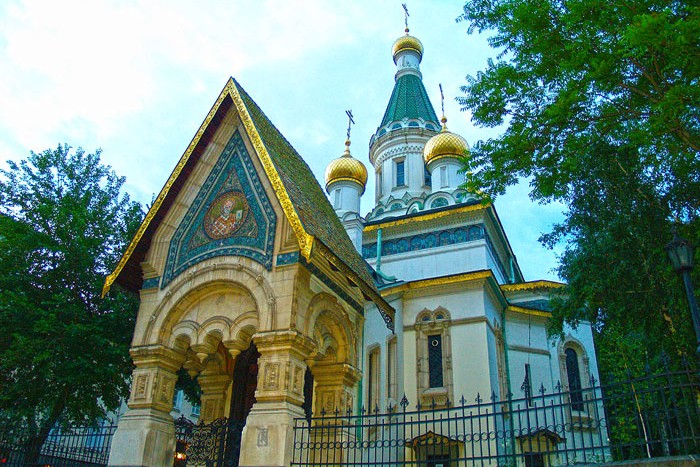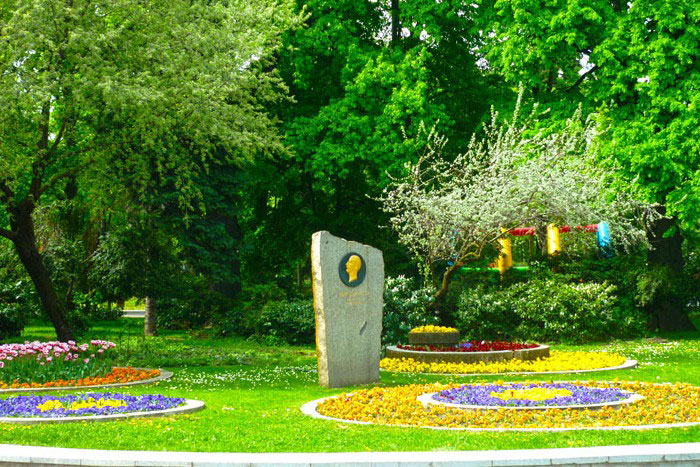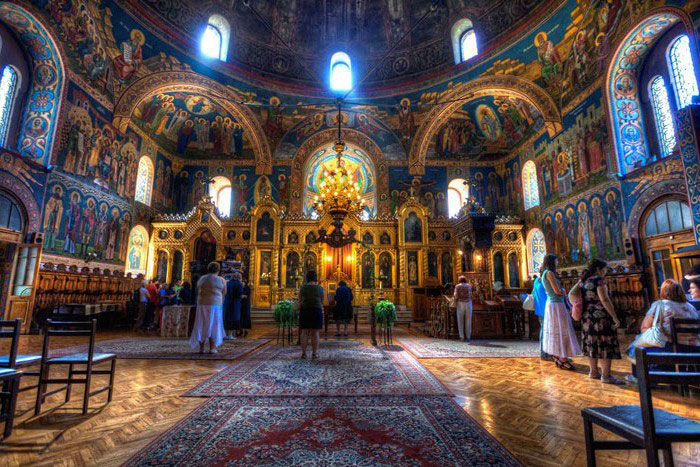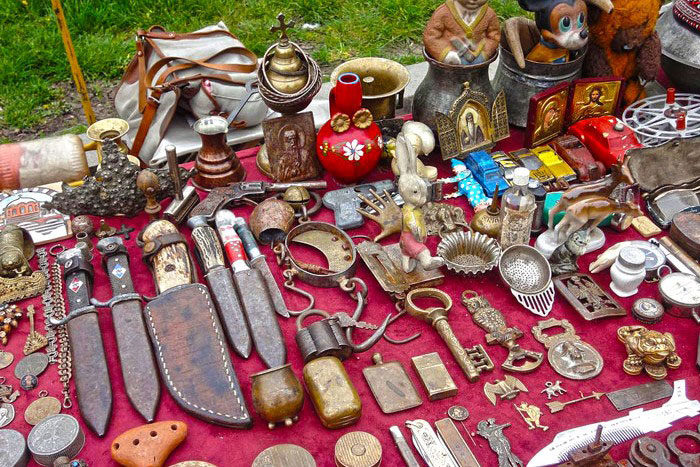Private tour Sofia and one of Sofia’s central streets. The street where the trams wake the people up and a divine church lights up their day. The church of Cyril and Methodius and their five disciples, known in the Orthodox Church collectively as the Sedmochislenitsi.
If walls could talk, each building would have a story to tell. Some of the buildings like Seven Saints Church (Sveti Sedmochislenitsi) would have many fascinating stories. Some call Sveti Sedmochislenitsi the temple of the kept promises. The promise that Suleiman the Magnificent kept building the mosque where the today church stands. The promise that Petko Karavelov (one of Bulgaria’s greatest politicians) made.
At the place of the prison he was in (the site of the mosque first and then the Sveti Sedmochislenitsi Church), to build a beautiful Orthodox church. Some years later Petko Karavelov was already out of the prison. Then, by government decree, the mosque had to be transformed into a church. And the biggest promise kept. The promise of the Seven Saints (Cyril and Methodius and their disciples) – the speech of God to be translated into Bulgarian language.
Promises made and promises kept. Promises that found that sacred place and were the reason a mosque and then a church to be built there.
Private tour Sofia tells us of the great Ottoman Sultan, Suleiman the Magnificent. The legend says that a century after Constantinople was conquered, in the year 1526 when Suleiman and his young army were on the way to Hungary, they stopped near Sofia. At night the Sultan had a vision for victory. In the morning he told his dream to the governor of Sofia. He also said that if his dream came true, he would build a mosque to praise God. Suleiman’s army conquered Budapest in that same 1526. Two years later, in Sofia, the mosque with the black stone minaret was built.
Private tour Sofia Sveti Sedmochislenitsi smells like history
Although uncertain, the so called Black Mosque is believed to have been built by Ottoman greatest architect Mimar Sinan. It is known, though that it was constructed on the place of the previous nunnery of the Rila Monastery and an Early Christian temple from the 4th-5th century, the ruins of which were excavated in 1901.





